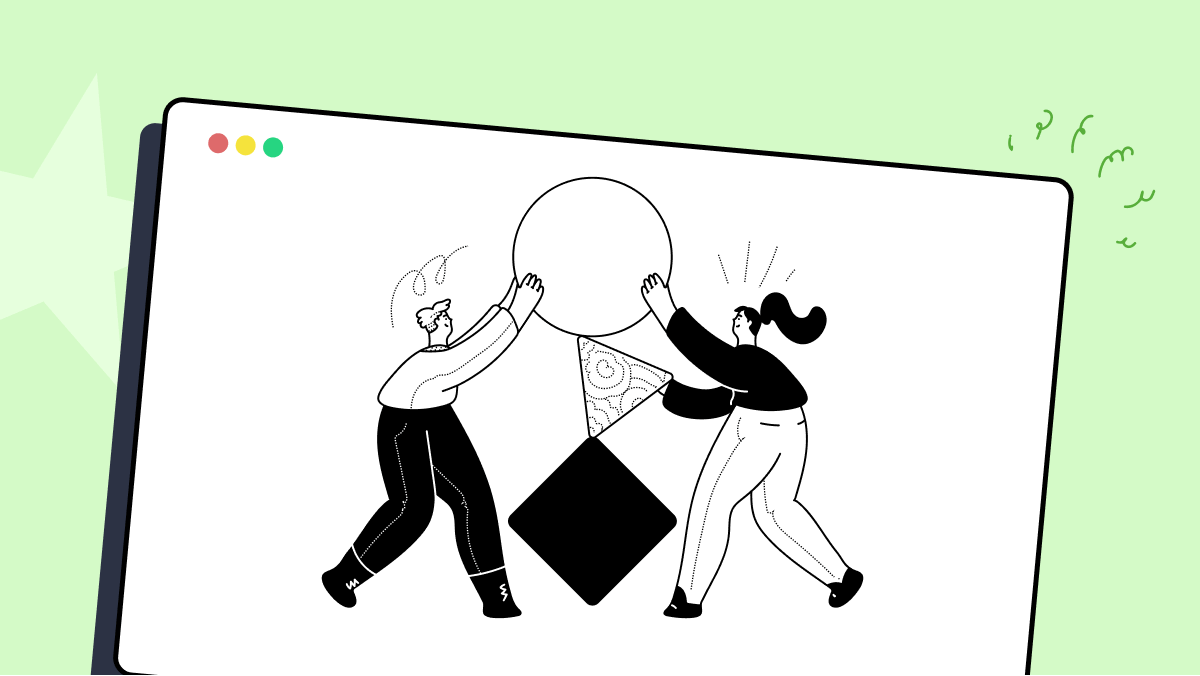How to use FeatureSpecBlockingTest class of com.sksamuel.kotest.engine.test.blocking package
Best Kotest code snippet using com.sksamuel.kotest.engine.test.blocking.FeatureSpecBlockingTest
FeatureSpecBlockingTest.kt
Source: FeatureSpecBlockingTest.kt
1package com.sksamuel.kotest.engine.test.blocking2import io.kotest.core.spec.style.FeatureSpec3import io.kotest.matchers.shouldBe4class FeatureSpecBlockingTest : FeatureSpec() {5 init {6 val threads = mutableSetOf<Long>()7 feature("not blocking context") {8 threads.add(Thread.currentThread().id)9 scenario("not blocking nested test") {10 threads.add(Thread.currentThread().id)11 }12 }13 feature("blocking context").config(blockingTest = true) {14 threads.add(Thread.currentThread().id)15 scenario("blocking nested test").config(blockingTest = true) {16 threads.add(Thread.currentThread().id)17 }18 }...FeatureSpecBlockingTest
Using AI Code Generation
1class FeatureSpecBlockingTestTest : FunSpec({2test("FeatureSpecBlockingTest should be executed") {3FeatureSpecBlockingTest().execute()4}5})6class FeatureSpecTestTest : FunSpec({7test("FeatureSpecTest should be executed") {8FeatureSpecTest().execute()9}10})11class FunSpecBlockingTestTest : FunSpec({12test("FunSpecBlockingTest should be executed") {13FunSpecBlockingTest().execute()14}15})16class FunSpecTestTest : FunSpec({17test("FunSpecTest should be executed") {18FunSpecTest().execute()19}20})21class FunSpecTestWithConfigTest : FunSpec({22test("FunSpecTestWithConfig should be executed") {23FunSpecTestWithConfig().execute()24}25})26class FunSpecTestWithNestedTestsTest : FunSpec({27test("FunSpecTestWithNestedTests should be executed") {28FunSpecTestWithNestedTests().execute()29}30})31class FunSpecTestWithNestedTestsAndConfigTest : FunSpec({32test("FunSpecTestWithNestedTestsAndConfig should be executed") {33FunSpecTestWithNestedTestsAndConfig().execute()34}35})36class FunSpecTestWithTestConfigTest : FunSpec({37test("FunSpecTestWithTestConfig should be executed") {38FunSpecTestWithTestConfig().execute()39}40})41class FunSpecTestWithTestConfigAndNestedTestsTest : FunSpec({42test("FunSpecTestWithTestConfigAndNestedTests should be executed") {43FunSpecTestWithTestConfigAndNestedTests().execute()44}45})FeatureSpecBlockingTest
Using AI Code Generation
1class MyTest : FeatureSpec() {2init {3feature("some feature") {4scenario("some scenario") {5}6}7}8}9class MyTest : FeatureSpec() {10init {11feature("some feature") {12scenario("some scenario") {13}14}15}16}FeatureSpecBlockingTest
Using AI Code Generation
1 FeatureSpecBlockingTest(this, "some feature").invoke {2 }3 class MyFeatureSpecTest : FunSpec({4 FeatureSpecTest(MyFeatureSpec()).invoke {5 }6 })7 class MyFeatureSpecTest {8 fun test() {9 FeatureSpecJUnitTest(MyFeatureSpec()).invoke {10 }11 }12 }13 class MyFeatureSpecTest {14 fun test() {15 FeatureSpecTestNGTest(MyFeatureSpec()).invoke {16 }17 }18 }19 class MyFeatureSpecTest : Spek({20 FeatureSpecSpekTest(MyFeatureSpec()).invoke {21 }22 })Blogs
Check out the latest blogs from LambdaTest on this topic:
The holidays are just around the corner, and with Christmas and New Year celebrations coming up, everyone is busy preparing for the festivities! And during this busy time of year, LambdaTest also prepped something special for our beloved developers and testers – #LambdaTestYourBusiness
When most firms employed a waterfall development model, it was widely joked about in the industry that Google kept its products in beta forever. Google has been a pioneer in making the case for in-production testing. Traditionally, before a build could go live, a tester was responsible for testing all scenarios, both defined and extempore, in a testing environment. However, this concept is evolving on multiple fronts today. For example, the tester is no longer testing alone. Developers, designers, build engineers, other stakeholders, and end users, both inside and outside the product team, are testing the product and providing feedback.
Automation Testing Tutorials
Learn to execute automation testing from scratch with LambdaTest Learning Hub. Right from setting up the prerequisites to run your first automation test, to following best practices and diving deeper into advanced test scenarios. LambdaTest Learning Hubs compile a list of step-by-step guides to help you be proficient with different test automation frameworks i.e. Selenium, Cypress, TestNG etc.
LambdaTest Learning Hubs:
- JUnit Tutorial
- TestNG Tutorial
- Webdriver Tutorial
- WebDriverIO Tutorial
- Protractor Tutorial
- Selenium 4 Tutorial
- Jenkins Tutorial
- NUnit Tutorial
- Jest Tutorial
- Playwright Tutorial
- Cypress Tutorial
- PyTest Tutorial
YouTube
You could also refer to video tutorials over LambdaTest YouTube channel to get step by step demonstration from industry experts.
Try LambdaTest Now !!
Get 100 minutes of automation test minutes FREE!!



